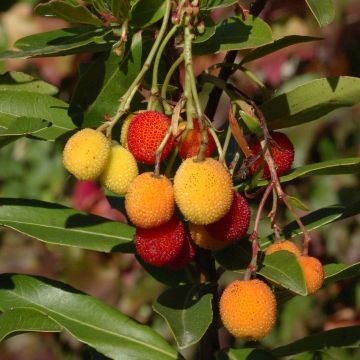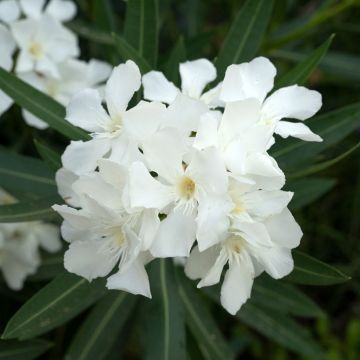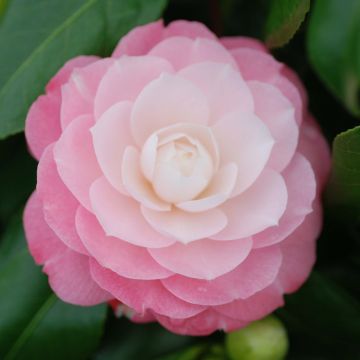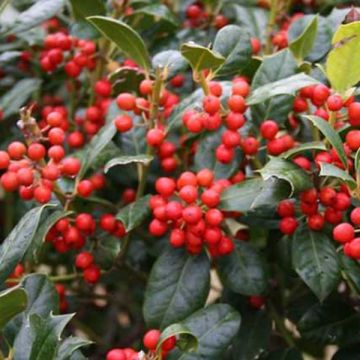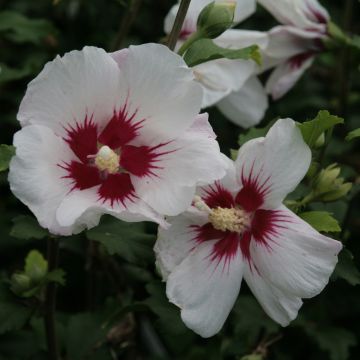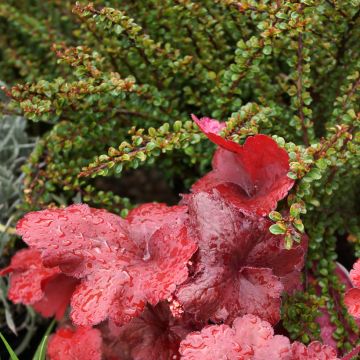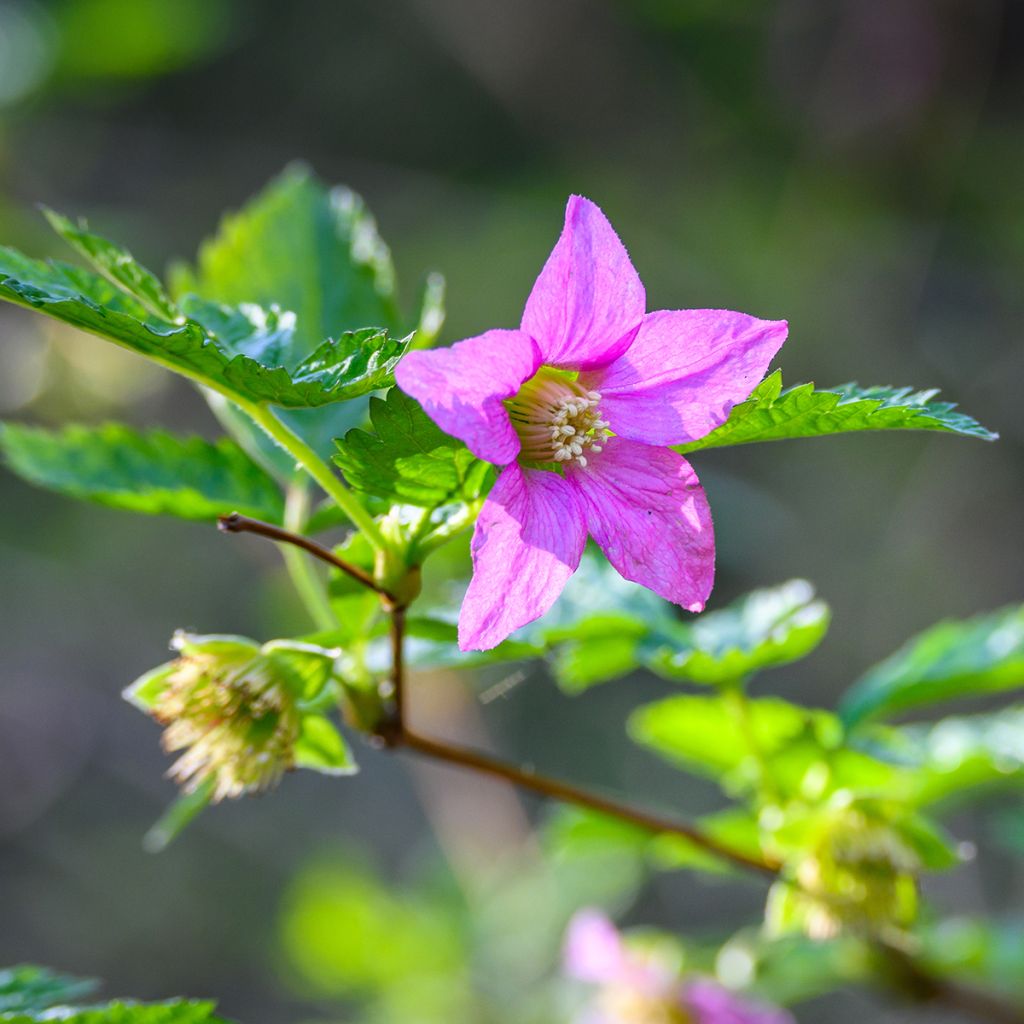

Rubus spectabilis Pacific Rose
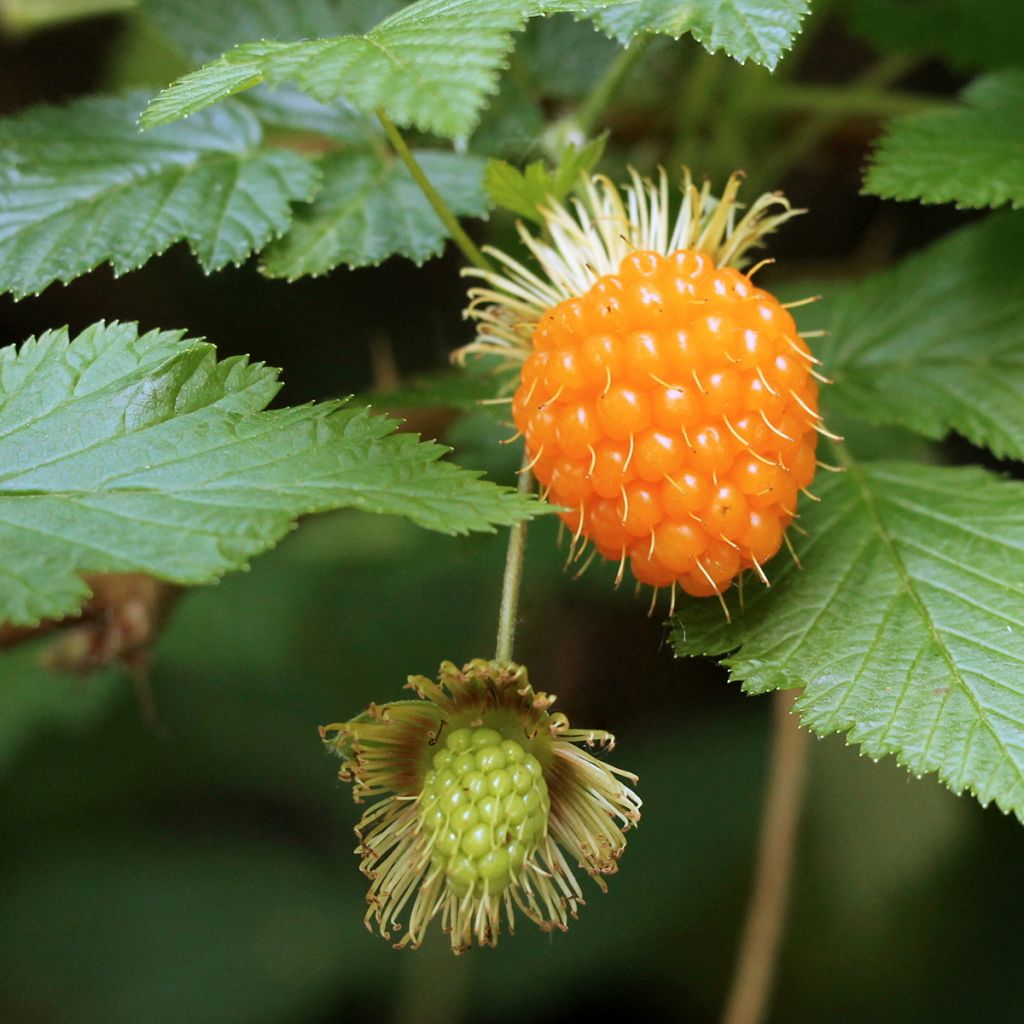

Rubus spectabilis Pacific Rose
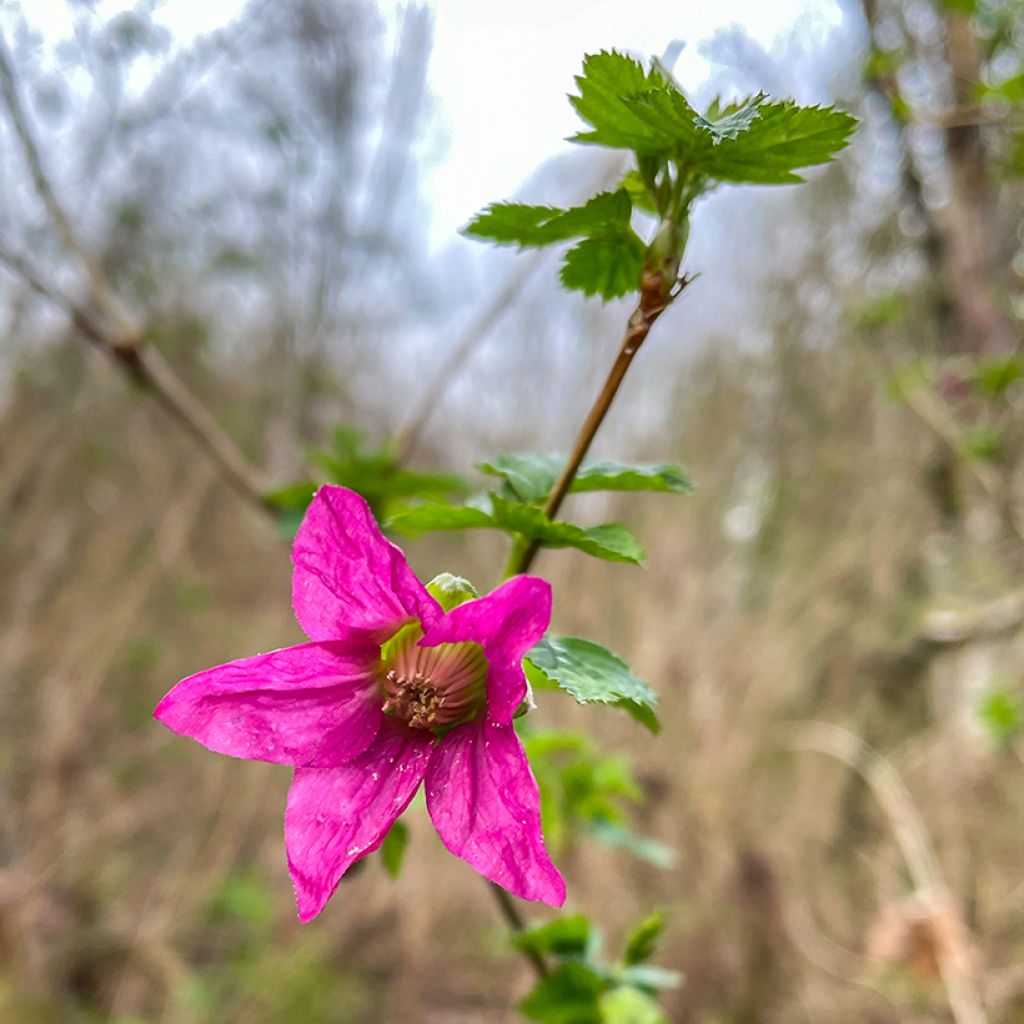

Rubus spectabilis Pacific Rose
Rubus spectabilis Pacific Rose
Rubus spectabilis Pacific Rose
Salmonberry
Special offer!
Receive a €20 voucher for any order over €90 (excluding delivery costs, credit notes, and plastic-free options)!
1- Add your favorite plants to your cart.
2- Once you have reached €90, confirm your order (you can even choose the delivery date!).
3- As soon as your order is shipped, you will receive an email containing your voucher code, valid for 3 months (90 days).
Your voucher is unique and can only be used once, for any order with a minimum value of €20, excluding delivery costs.
Can be combined with other current offers, non-divisible and non-refundable.
Home or relay delivery (depending on size and destination)
Schedule delivery date,
and select date in basket
This plant carries a 6 months recovery warranty
More information
We guarantee the quality of our plants for a full growing cycle, and will replace at our expense any plant that fails to recover under normal climatic and planting conditions.

Description
The Rubus spectabilis 'Pacific Rose' is a robust, hardy, ornamental, and fruit-bearing plant. Strong and vigorous, this bush, with its suckering stems dotted with fine prickles, shines in spring with its charming single flowers of bright pink, offering a striking contrast with the tender green of its young leaves. These flowers give way to an abundance of large raspberry-like fruits, ranging in colour from yellow-orange to bright red, with a sweet and firm flesh, offering a pleasant sweet flavour. This hardy and undemanding plant is ideal for beginner gardeners due to its low maintenance needs. Well-drained, moist, fertile soil and sunny shaded to locations promote optimal fruiting.
The Rubus spectabilis, also known as Salmonberry, Showy Bramble or Cloudberry in Quebec, is a flowering plant belonging to the Rosaceae family. Native to the West Coast of the United States, from Alaska to California, this suckering plant thrives in the dappled light of moist forests or near watercourses, often in the company of red alder. The Showy Bramble forms a dense bush reaching about 1.50 metres in all directions, producing relatively small, edible, but not very tasty, yellow-orange fruits. With its shallow rooting system and cold-resistant (up to -25°C), this bush adapts perfectly to temperate climates, preferring deep, fertile, moist soils.
The 'Pacific Rose' cultivar, also known as Pacific Rose Salmonberry, is a vigorous, upright bush, measuring from 1.5 to 1.80 metres in height, slightly thorny, forming suckers while maintaining a desirable compactness. It is decidedly hardy and robust. The leaves comprise three leaflets measuring from 7 to 18 cm in length. The central leaflet is longer than the two lateral leaflets, with toothed edges. In April-May, the flowers, with a diameter of 2 to 3 cm, appear in the axils of the young leaves and are characterised by five dark pink petals. Fragrance-free, they are particularly melliferous and nectariferous. The polydrupe fruits, resembling large shiny raspberries, are red-orange berries measuring from 2 to 3 cm long and composed of multiple drupelets. This early variety offers its first ripe fruits from mid-June onwards, and the harvests continue until August. The fruits taste pleasant and sweet and can be enjoyed raw or transformed into delicious jams.
Hardy down to -25°C, easy to grow, the Pacific Rose Showy Bramble is content with ordinary soil, with a preference for fertile, well-drained and moist soils, without excessive limestone. It also thrives in moist forests and near watercourses, thriving in sun or partial shade and at the edge of undergrowth. Once established, it will quickly become a splendid decorative plant for your garden. It can be nicely integrated into the ground with other fruit bushes to form a small edible hedge. This configuration combines with the May berry, raspberries, blueberries, blackberries, redcurrants or blackcurrants. These hardy and undemanding plants are ideally suited for a natural garden.
Report an error about the product description
Rubus spectabilis Pacific Rose in pictures
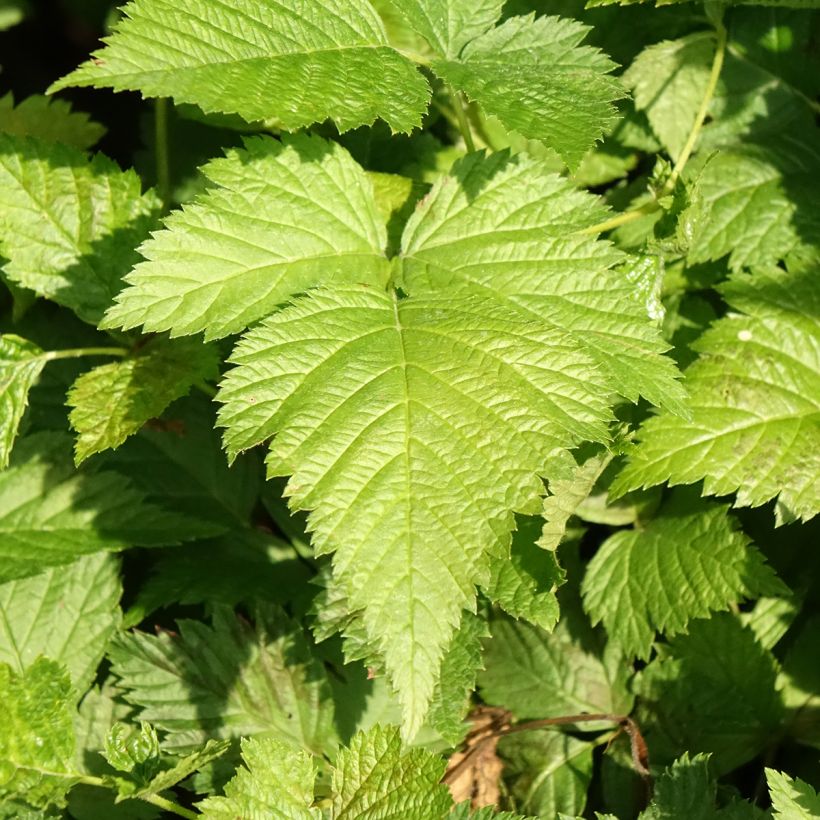



Plant habit
Fruit
Flowering
Foliage
Botanical data
Rubus
spectabilis
Pacific Rose
Rosaceae
Salmonberry
Cultivar or hybrid
Planting and care
Plant the Rubus spectabilis 'Pacific Rose' in spring or autumn in any sufficiently deep and fertile soil, preferably moist. A good, well-loosened garden soil will do the trick. If necessary, enrich the substrate with well-rotted compost and coarse sand. Avoid excessive limestone or acidity; this plant prefers a relatively neutral substrate. Once established, the bush tolerates short periods of drought if the soil it is planted in is sufficiently deep. It will thrive in partial shade or the sun but in a non-burning exposure. This vigorous young plant is resistant to diseases and pests.
Planting period
Intended location
Care
Planting & care advice
This item has not been reviewed yet - be the first to leave a review about it.
Similar products
Haven't found what you were looking for?
Hardiness is the lowest winter temperature a plant can endure without suffering serious damage or even dying. However, hardiness is affected by location (a sheltered area, such as a patio), protection (winter cover) and soil type (hardiness is improved by well-drained soil).

Photo Sharing Terms & Conditions
In order to encourage gardeners to interact and share their experiences, Promesse de fleurs offers various media enabling content to be uploaded onto its Site - in particular via the ‘Photo sharing’ module.
The User agrees to refrain from:
- Posting any content that is illegal, prejudicial, insulting, racist, inciteful to hatred, revisionist, contrary to public decency, that infringes on privacy or on the privacy rights of third parties, in particular the publicity rights of persons and goods, intellectual property rights, or the right to privacy.
- Submitting content on behalf of a third party;
- Impersonate the identity of a third party and/or publish any personal information about a third party;
In general, the User undertakes to refrain from any unethical behaviour.
All Content (in particular text, comments, files, images, photos, videos, creative works, etc.), which may be subject to property or intellectual property rights, image or other private rights, shall remain the property of the User, subject to the limited rights granted by the terms of the licence granted by Promesse de fleurs as stated below. Users are at liberty to publish or not to publish such Content on the Site, notably via the ‘Photo Sharing’ facility, and accept that this Content shall be made public and freely accessible, notably on the Internet.
Users further acknowledge, undertake to have ,and guarantee that they hold all necessary rights and permissions to publish such material on the Site, in particular with regard to the legislation in force pertaining to any privacy, property, intellectual property, image, or contractual rights, or rights of any other nature. By publishing such Content on the Site, Users acknowledge accepting full liability as publishers of the Content within the meaning of the law, and grant Promesse de fleurs, free of charge, an inclusive, worldwide licence for the said Content for the entire duration of its publication, including all reproduction, representation, up/downloading, displaying, performing, transmission, and storage rights.
Users also grant permission for their name to be linked to the Content and accept that this link may not always be made available.
By engaging in posting material, Users consent to their Content becoming automatically accessible on the Internet, in particular on other sites and/or blogs and/or web pages of the Promesse de fleurs site, including in particular social pages and the Promesse de fleurs catalogue.
Users may secure the removal of entrusted content free of charge by issuing a simple request via our contact form.
The flowering period indicated on our website applies to countries and regions located in USDA zone 8 (France, the United Kingdom, Ireland, the Netherlands, etc.)
It will vary according to where you live:
- In zones 9 to 10 (Italy, Spain, Greece, etc.), flowering will occur about 2 to 4 weeks earlier.
- In zones 6 to 7 (Germany, Poland, Slovenia, and lower mountainous regions), flowering will be delayed by 2 to 3 weeks.
- In zone 5 (Central Europe, Scandinavia), blooming will be delayed by 3 to 5 weeks.
In temperate climates, pruning of spring-flowering shrubs (forsythia, spireas, etc.) should be done just after flowering.
Pruning of summer-flowering shrubs (Indian Lilac, Perovskia, etc.) can be done in winter or spring.
In cold regions as well as with frost-sensitive plants, avoid pruning too early when severe frosts may still occur.
The planting period indicated on our website applies to countries and regions located in USDA zone 8 (France, United Kingdom, Ireland, Netherlands).
It will vary according to where you live:
- In Mediterranean zones (Marseille, Madrid, Milan, etc.), autumn and winter are the best planting periods.
- In continental zones (Strasbourg, Munich, Vienna, etc.), delay planting by 2 to 3 weeks in spring and bring it forward by 2 to 4 weeks in autumn.
- In mountainous regions (the Alps, Pyrenees, Carpathians, etc.), it is best to plant in late spring (May-June) or late summer (August-September).
The harvesting period indicated on our website applies to countries and regions in USDA zone 8 (France, England, Ireland, the Netherlands).
In colder areas (Scandinavia, Poland, Austria...) fruit and vegetable harvests are likely to be delayed by 3-4 weeks.
In warmer areas (Italy, Spain, Greece, etc.), harvesting will probably take place earlier, depending on weather conditions.
The sowing periods indicated on our website apply to countries and regions within USDA Zone 8 (France, UK, Ireland, Netherlands).
In colder areas (Scandinavia, Poland, Austria...), delay any outdoor sowing by 3-4 weeks, or sow under glass.
In warmer climes (Italy, Spain, Greece, etc.), bring outdoor sowing forward by a few weeks.









































